Do you have a question about the Unimig KUMJRDP210 and is the answer not in the manual?
Essential safety practices for operating the welding machine and handling its components.
Details risks of electric shock and necessary protective measures.
Explains hazards of welding fumes and gases and necessary precautions.
Covers fire risks, gas cylinder safety, electronic fields, noise, hot parts, and arc rays.
Specifies conditions for safe installation and operation of the equipment.
Details ventilation, thermal overload, and voltage supply safety.
Outlines required maintenance to prevent failures and void warranty.
Provides advice for technicians on safe repair procedures.
Instructions for connecting the primary input cable to the power supply.
Guidance on choosing the right electrode for the material and thickness.
Covers current settings, arc length, and electrode positioning.
Covers travel speed considerations and material preparation for welding.
Details V-groove rollers for steel and stainless steel wire feeding.
Details U-groove rollers for soft wires like aluminum.
Details knurled rollers for flux-cored wire.
Explains how gun angle and travel direction affect weld profile.
Details Push, Perpendicular, and Drag welding techniques.
Covers ideal travel angle, work angle, and stick out for optimal welding.
Guide to selecting correct wire type and diameter for different materials.
Explains the purpose of shielding gas and its selection for MIG welding.
Explains the Lift Arc method for easy TIG arc ignition.
Describes TIG welding without filler metal for basic joints.
Details adding filler wire for weld reinforcement in TIG welding.
Information on thoriated and ceriated tungsten electrodes.
Details lanthanated and zirconiated tungsten electrodes.
Guidance on shaping the tungsten electrode tip for precision welding.
Explains how electrode angle affects weld penetration and arc shape.
Lists part numbers and descriptions for DM24 MIG torch components.
Details contact tips, tip holders, diffusers, nozzles, and liners for the DM24 torch.
Lists part numbers and descriptions for DM26 MIG torch components.
Details contact tips, tip holders, diffusers, nozzles, and liners for the DM26 torch.
Lists part numbers and descriptions for SPG135 spool gun components.
Details contact tips, tip holders, and nozzles for the SPG135 spool gun.
Lists part numbers and descriptions for SPG20011 spool gun components.
Details contact tips, tip holders, and diffusers for the SPG20011 spool gun.
Lists part numbers and descriptions for SR17 TIG torch components.
Details standard and gas lens front end parts for the SR17 torch.
Lists part numbers and descriptions for SR26 TIG torch components.
Details standard and gas lens front end parts for the SR26 torch.
Addresses common MIG welding issues like spatter, porosity, and wire feed.
Covers problems related to weld fusion, penetration, and overall appearance.
Solutions for when the MIG wire feed fails to initiate.
Troubleshooting steps for irregular or interrupted wire feeding.
Addresses tungsten burning, contamination, arc stability, and wanders.
Solutions for porosity, residue, and difficulties starting the arc.
Procedure for checking and preventing gas leaks in the TIG setup.
Covers issues with no arc, porosity, spatter, and weld appearance.
Addresses penetration issues, distortion, and unusual electrode arc characteristics.
Outlines customer rights regarding product quality and defects under Australian law.
Specifies conditions for accepting product returns and handling defective goods.
Instructions on how to initiate a warranty claim and required documentation.
Lists common reasons why warranty claims may be denied, like misuse or wear.
Details specific parts and consumables not covered under the warranty.
| Output Current | 210A |
|---|---|
| Efficiency | 85% |
| Power Factor | 0.7 |
| Insulation Class | F |
| Protection Class | IP21S |
| Welding Process | MMA |
| Input Power | 240V |
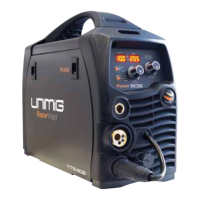
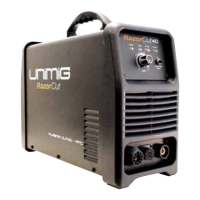
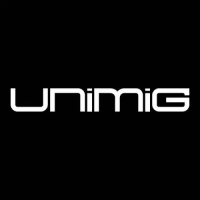
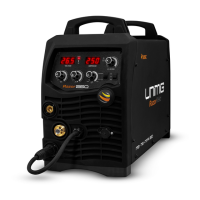
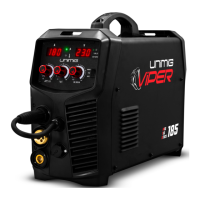
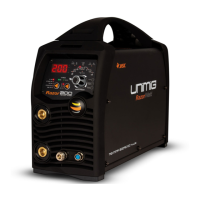
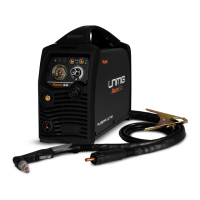
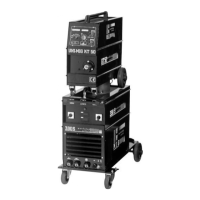

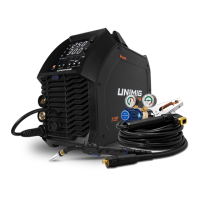
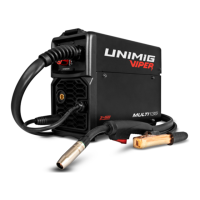
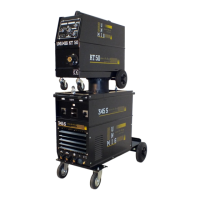
